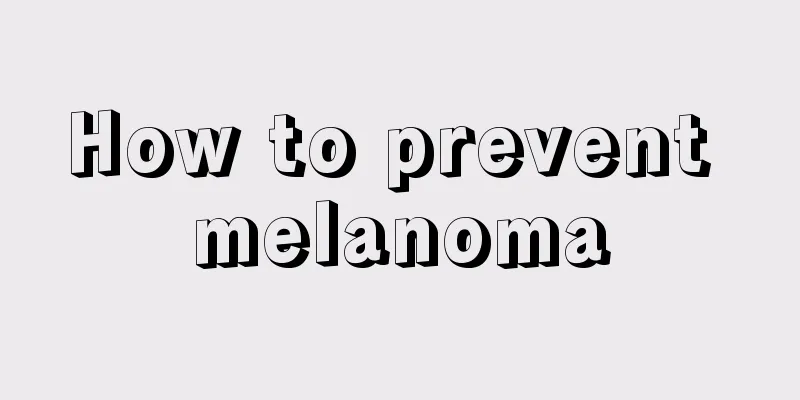Surgery is the first choice for liver cancer treatment

|
The general principle of liver cancer treatment is early detection and early diagnosis, and the implementation of standardized comprehensive treatment methods is particularly important. Surgical treatment is to completely remove the tumor tissue to achieve the purpose of complete cure. Modern medical liver surgery techniques are becoming increasingly mature. The size of the tumor during surgery is not the key factor that determines the success or failure of the operation. Whether the operation can completely remove the tumor and the efficacy of the resection are closely related to factors such as the size and number of the tumor, the degree of cirrhosis, liver function, the location and boundaries of the tumor, the presence or absence of a complete capsule, and venous cancer thrombus. The good postoperative standard for patients undergoing surgical resection is: 1. No organic lesions of important organs such as the heart, lungs, and kidneys; 2. All indicators of liver function are normal; 3. No extrahepatic tumor metastasis, and the tumor is localized, not multiple or diffusely distributed. 4. The one-year survival rate of patients with early liver cancer after surgery is more than 80%, and the five-year survival rate is more than 50%. Another surgical treatment method is liver transplantation, which is the best choice for patients with small liver cancer who have cirrhosis and liver decompensation. There are many criteria for the indications of liver transplantation for liver cancer, mainly including the size and number of tumors and the presence or absence of vascular invasion and lymph node metastasis. Generally speaking, the requirements for the absence of large blood vessel invasion, lymph node metastasis and extrahepatic metastasis are relatively consistent, but the requirements for the size and number of tumors are not the same. The indication should be selected based on a comprehensive judgment based on the ratio of donor to recipient needs. |
<<: Nursing of dry mouth after radiotherapy for nasopharyngeal carcinoma
>>: Intravesical chemotherapy for bladder cancer
Recommend
What material is good for underwear? Is pure cotton good?
Underwear needs to be worn close to the body, so ...
What are the treatments for benign bone tumors?
Early detection and early treatment are our goals...
What are the factors that cause rectal cancer
In recent years, rectal cancer has become one of ...
The relationship between precancerous lesions of kidney and exercise
If you have kidney cancer, many patients will fee...
What is the reason for the soreness on both sides of the waist
Female friends will feel back pain and soreness d...
TCM's description of the symptoms of lymphoma
In traditional Chinese medicine, lymphoma is a tu...
What should I do if I fall and injure my lumbar spine? Conservative treatment is effective
The lumbar spine is a key organ that supports the...
Do three-year-old babies need calcium supplements?
A three-year-old baby is in a stage of rapid deve...
How to treat advanced esophageal cancer?
Late-stage esophageal cancer is very difficult to...
How long can you live with lymphoma on the neck
Many people know that lymphoma is a malignant tum...
Taboos of soaking feet in ginger water
For people with cold hands and feet, we recommend...
This stomachache is actually liver cancer
Mr. He, 52, likes to drink. Last year, he began t...
Patients with laryngeal cancer may experience swallowing pain
Laryngeal cancer is a disease with a very high in...
What are neurotransmitters?
Human life activities require neural regulation, ...
A brief discussion on the hazards of glioma
Glioma is a common disease in the brain. It is a ...









